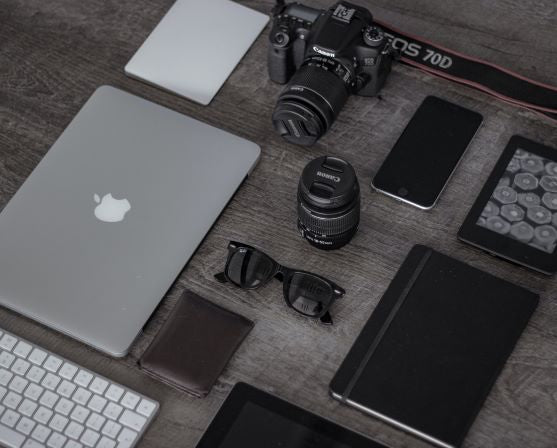
RIT DYE FOR MAGAZINES
So my wife loves to shoot , but wanted her rifle to have a little more of a women’s touch to it. I looked around for parts and pieces to “bling” it out. There wasn’t much to swap out unless I wanted to have the whole rifle cerekoted, So I started to think about spray painting magazines to give it that custom look and make it special, make it her own. Through some research, I found that the spray paint won’t get into the pores of the plastic and eventually would wear off, so my only other option was to dye the magazines. I looked into what I would need to dye the magazines. I found out it was surprisingly inexpensive and so easy, a Soldier could do it.
I went to the local craft store and saw that they stocked rit dye in liquid and powder. There were a few colors that came in Synthetic and a whole lot that were not synthetic, but were in the liquid form. Luckily, I’d already looked into this and found that most people recommend the synthetic for plastic work. I can tell you that those who think the regular dye wont work have some crazy high standards! I purchased one synthetic bottle of purple dye and one non-synthetic in fuchsia. On the front of that bottle of synthetic, it says it will work on polyester, nylon and acrylics, where as the regular didn’t specify.

The next piece of the upgrade was four sand color Magpul PMAG 30 round magazines. These are the only color that you can use if you are looking to dye your magazines. The green and black magazines are just too dark to dye. Once the magazines came in, I used a four quart, non stick cooking sauce pan and filled it with water, about ¾ of the way full. I also bought a disposable foil tray (the kind you would use to carve a turkey in). I brought the water to a low boil in the pan and then added four caps of the dye. Once the dye was in the water, I stirred it in for at least a minute. Stirring the dye in is a MUST, for a uniform job, because if you don’t, the colors won’t be even over the items you are dying. The only downfall of this process is, you can’t dye the magazine multiple colors, like a camouflage pattern. Once the dye was stirred in, I added the dust cover and floor plate to test the mixture. Within seconds, the parts took on a nice purple color. I then removed the spring and follower for the magazines. While the dust covers and floor plates sat in the water. I reduced the heat just under a boil, and stirred the mixture for five minutes using tongs to remove the floor plates and dust covers from the water.
The next step was to put the dust covers and floor plates in an ice cold water bath I had set up in a disposable turkey pan. I then brought my water back to a slow boil and added both magazines (side by side) into the water, for about five minutes. Again reducing the heat and then flipping the magazines every thirty seconds to allow the dye to completely get into the pores of the plastic. It is essential that you do not stack the magazines on top of each other, as this will not allow the dye to penetrate the pores correctly. After five minutes, I removed the magazines from the water and placed them in the ice bath. I allowed the magazine, floor plates and dust covers to cool in the ice water for about ten minutes. I pulled them out and dried them with paper towels before laying them out in the sun for about an hour to ensure they were completely dry. Once the magazines were completely dry, I inspected the inside and outside of them to check for any missed spots or anything that would cause them to not operate properly.
I found that both the purple and fuchsia dye’s worked the same and that the synthetic ones didn’t out perform the regular dye. Both magazines have had 30 rounds a piece through them and I have not had any failures on them. After running the magazines through their initial paces at the range I observed that the surface of the purple magazines showed some scuffs which to me don’t look bad. The tops of the magazines have some black marks, which is to be expected after being put in and out of the magazine well. The Fuchsia magazines showed the same wear near the top of the magazine and some light scuff marks just like the purple ones did. The good thing about the dye is that it won’t rub off and it pretty durable. Overall I am impressed with how well they have maintained their color and how easy it was to do. If you ever decide to dye your own magazines, I suggest wearing a pair of latex gloves, as it will prevent you from having dye all over your hands. Enjoy it and have fun with it! Go Rouge





William Beers
April 07, 2025
I really want to appreciate the technical efforts of recoveryhacker101 in helping me recover back my lost bitcoin stolen by scammers. You can reach-out to him via e-mail (recoveryhacker101@gmailcom)